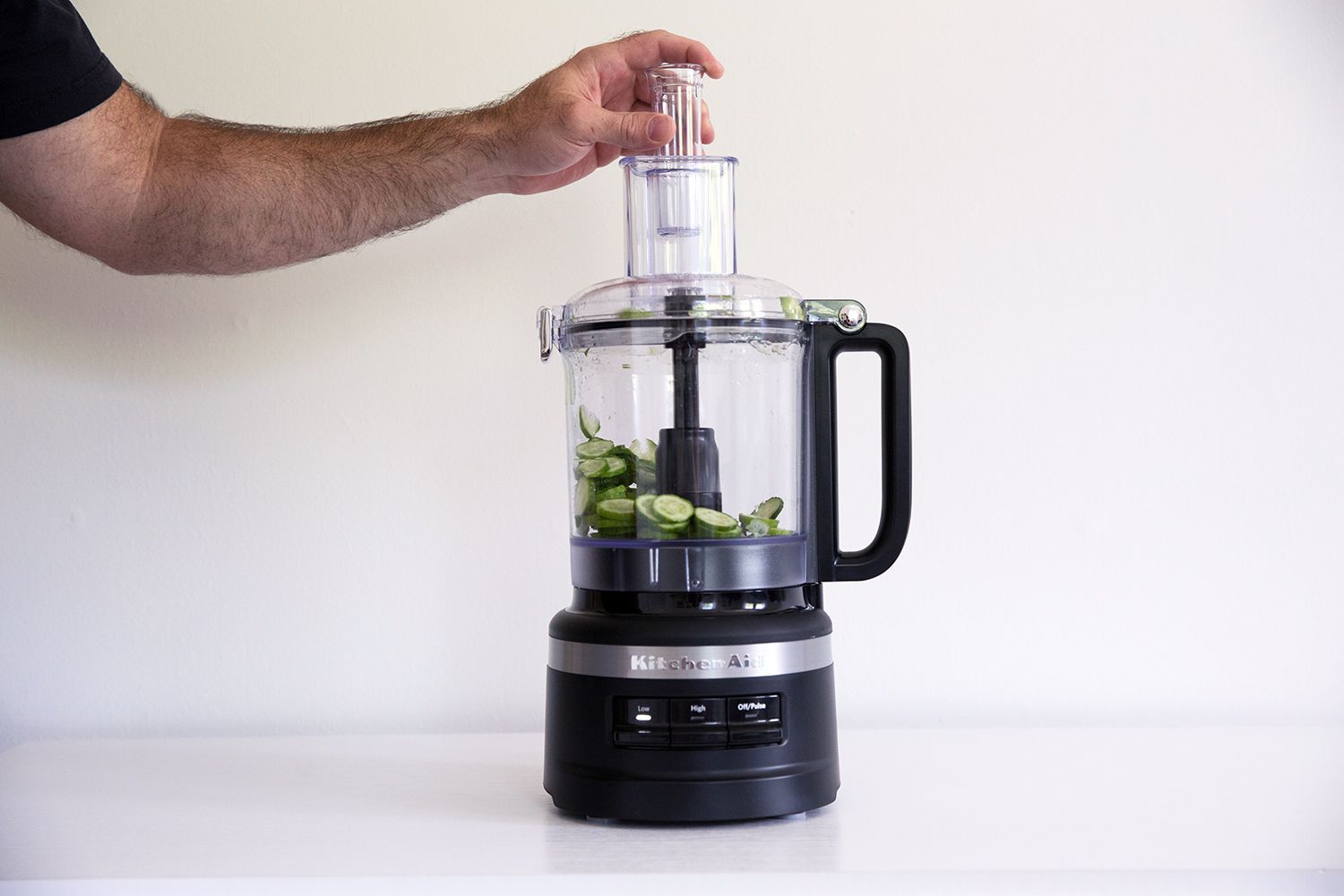

Articles
How To Put Together Kitchenaid Food Processor
Modified: January 5, 2024
Learn how to assemble and use your Kitchenaid food processor with our informative articles. Simplify your cooking process and create delicious meals effortlessly.
(Many of the links in this article redirect to a specific reviewed product. Your purchase of these products through affiliate links helps to generate commission for Storables.com, at no extra cost. Learn more)
Introduction
The KitchenAid food processor is a versatile and indispensable kitchen appliance that can greatly simplify your meal preparation process. Whether you’re chopping vegetables, pureeing soups, shredding cheese, or kneading dough, this powerhouse device can handle it all with ease. If you’ve recently purchased a KitchenAid food processor or are considering adding one to your kitchen arsenal, this article will guide you through the process of how to put it together for optimal use.
With its sleek design and robust functionality, the KitchenAid food processor is designed to be user-friendly and efficient. By following a few simple steps, you’ll be able to assemble and operate your food processor in no time.
Before we begin, please ensure that you have all the necessary components. Your KitchenAid food processor should come with a base, work bowl, lid, slicing/shredding disc, chopping blade, food pusher, and feeder tube. Confirm that you have all these items before proceeding.
Now, let’s dive into the step-by-step process of putting together your KitchenAid food processor to unleash its full potential in your kitchen.
Key Takeaways:
- Master the art of assembling and operating your KitchenAid food processor to simplify meal prep and unleash your culinary creativity. From unboxing to utilizing the pulse function, this versatile appliance is your sous chef in the kitchen.
- Proper cleaning and maintenance are essential to ensure the longevity and performance of your KitchenAid food processor. By following the step-by-step guide, you can keep your appliance in optimal condition for safe and hygienic food processing.
Read more: How To Put Together A Food Processor
Step 1: Unboxing and Checking the Contents
The first step in setting up your KitchenAid food processor is to unbox it and ensure that all the components are present. Carefully remove the food processor from its packaging and place it on a clean, flat surface. Take a moment to familiarize yourself with the different parts of the food processor, as this will make the assembly process much easier.
Inspect the contents of the box and ensure that you have all the necessary components. This includes the base, work bowl, lid, slicing/shredding disc, chopping blade, food pusher, and feeder tube. It is essential to have all these parts for the food processor to function correctly and efficiently.
Once you have confirmed that all the parts are present, you can move on to the next step of assembly. It’s always a good idea to keep the packaging and any accompanying documentation in a safe place, as you may need them for future reference or warranty purposes.
Before continuing, it’s essential to ensure that all components of the food processor are clean. Wash the work bowl, lid, slicing/shredding disc, chopping blade, food pusher, and feeder tube in warm soapy water. Rinse them thoroughly and dry them with a clean towel or let them air dry. This step is crucial to ensure the hygiene and safety of your food preparation.
With the unboxing and checking of contents complete, you are now ready to move on to the next step: assembling the base of your KitchenAid food processor.
Step 2: Assembling the Base
Now that you have confirmed that all the necessary components are present and have ensured they are clean and dry, it’s time to assemble the base of your KitchenAid food processor. The base is the foundation of the appliance and where all the other parts will be attached.
Start by placing the base of the food processor on a stable and level surface. It’s essential to ensure that the base is secure and won’t wobble during operation.
Next, locate the work bowl. It is the main vessel where the ingredients will be processed. Position the work bowl on top of the base, aligning the handle with the respective marks or indicators. Gently twist the bowl clockwise until it locks into place. You should feel and hear a satisfying click, which signifies that the bowl is securely attached to the base.
Once the work bowl is properly in position, the next step is to attach the lid. The lid acts as a cover for the work bowl and provides a secure enclosure for the food processing tasks. Align the lid with the work bowl and slide it into place. Make sure that the handle of the lid is aligned with the handle on the work bowl. With a gentle push, you should feel the lid lock into position, ensuring that it remains in place during operation.
Now that the base, work bowl, and lid are assembled, you have successfully completed the second step in setting up your KitchenAid food processor. The base is secure, and the work bowl and lid are firmly attached, providing a stable and safe environment for your food processing tasks. You are now ready to move on to the next step: attaching and adjusting the slicing/shredding disc.
Step 3: Attaching and Adjusting the Slicing/Shredding Disc
The slicing/shredding disc is one of the key attachments that allow you to effortlessly slice and shred vegetables, fruits, and cheeses with precision. In this step, we will guide you through the process of attaching and adjusting the slicing/shredding disc onto your KitchenAid food processor.
Begin by locating the slicing/shredding disc. This disc typically has two sides: one for slicing and one for shredding. Identify which side you will be using based on your specific food processing needs.
Once you have determined the appropriate side of the disc, find the spindle located in the center of the work bowl. This spindle is what the disc will be attached to. Carefully place the slicing/shredding disc onto the spindle, ensuring that it is properly aligned.
With the disc in place, the next step is to adjust the slicing/shredding thickness. Most KitchenAid food processors come with a sliding lever that allows you to adjust the thickness level. Slide the lever to the desired setting, whether you prefer thin or thick slices or shreds.
It’s important to note that the specific methods of adjusting the slicing/shredding thickness may vary depending on the model of your KitchenAid food processor. Refer to the user manual for detailed instructions on how to make the necessary adjustments for your particular model.
After adjusting the slicing/shredding thickness, double-check that the disc is securely in place. Gently press down on the disc to ensure it is fitted snugly on the spindle and won’t shift during operation.
Congratulations! You have successfully attached and adjusted the slicing/shredding disc on your KitchenAid food processor. This attachment will greatly expand your food processing capabilities, allowing you to effortlessly slice or shred ingredients for your favorite recipes. Now, let’s move on to the next step: installing and using the chopping blade.
Step 4: Installing and Using the Chopping Blade
The chopping blade is a vital component of your KitchenAid food processor that enables you to chop, blend, and mix ingredients to perfection. In this step, we will guide you through the process of installing and using the chopping blade for your food processing needs.
To begin, locate the chopping blade among the accessories provided with your KitchenAid food processor. The chopping blade typically consists of a sharp, multi-purpose blade that can handle a variety of tasks.
With the slicing/shredding disc removed, position the chopping blade onto the spindle in the center of the work bowl. Ensure that the blade is properly aligned with the spindle and fits securely.
Once the chopping blade is in place, it’s time to add your ingredients to the work bowl. Remember to only fill the work bowl up to the recommended limit specified in the user manual. Overfilling the work bowl may hinder the proper functioning of the food processor and result in uneven processing.
After adding the ingredients, securely attach the lid onto the work bowl. Ensure that the handle on the lid aligns with the handle on the work bowl before locking it into place. The lid provides protection and keeps the ingredients contained during the chopping process.
Now that everything is set up, you can proceed to operate the food processor. Refer to the control panel and select the desired speed setting for your chopping needs. Most KitchenAid food processors come with multiple speed options, allowing you to customize the chopping process based on the specific requirements of your recipe.
Once you’ve selected the appropriate speed, it’s time to start the food processor. Press the power button or switch to activate the chopping action. Keep an eye on the ingredients through the lid, allowing them to chop to your desired consistency. Depending on the ingredients and the desired result, this may take a few seconds to several minutes.
After the chopping process is complete, turn off the food processor and carefully remove the lid. Take note that the chopping blade may be sharp, so exercise caution while handling it. Carefully remove the chopped ingredients from the work bowl and transfer them to a separate container for further use or storage.
Congratulations! You have successfully installed and used the chopping blade on your KitchenAid food processor. This versatile attachment will simplify your food preparation process, enabling you to achieve consistent and precise chopping results. Now, let’s move on to the next step: attaching the food pusher and feeder tube.
Step 5: Attaching the Food Pusher and Feeder Tube
The food pusher and feeder tube are essential components of your KitchenAid food processor that enable you to safely and efficiently feed ingredients into the appliance while it’s in operation. In this step, we will guide you through the process of attaching the food pusher and feeder tube for seamless food processing.
Begin by locating the food pusher among the accessories provided with your KitchenAid food processor. The food pusher is a plastic device that fits into the feeder tube and helps guide ingredients into the work bowl while protecting your hands from the sharp blades.
Once you have found the food pusher, closely examine the feeder tube, which is the opening through which you will insert the ingredients. The diameter of the feeder tube may vary depending on the specific model of your food processor. Familiarize yourself with the size to ensure that you cut any larger ingredients into smaller pieces for proper fit and processing.
To attach the food pusher and feeder tube, first, insert the lower end of the feeder tube into the opening on the lid of the work bowl. Ensure that the tube is properly aligned and securely in place.
Next, take the food pusher and fit it onto the feeder tube. The food pusher should slide smoothly into place without any resistance. Make sure it is seated correctly and firmly within the tube, as this will ensure that it effectively pushes the ingredients towards the spinning blades.
With the food pusher and feeder tube attached, you are now ready to commence the food processing operation. Carefully place the ingredients into the feeder tube, ensuring that they fit comfortably and do not exceed the recommended capacity of the work bowl.
As you feed the ingredients into the food processor, gently apply pressure with the food pusher to guide them down towards the blades. Ensure that you never exert excessive force or attempt to push down on ingredients that are too large. Instead, cut them into smaller pieces to ensure thorough processing and prevent any strain on the food processor’s motor.
Continue utilizing the food pusher to feed ingredients into the food processor until you have processed the desired amount. Remember to keep your hands clear of the rotating blades and never insert them into the feeder tube while the appliance is in operation.
Congratulations! You have successfully attached the food pusher and feeder tube to your KitchenAid food processor, allowing for safe and efficient ingredient processing. These components will assist in guiding the ingredients towards the blades, ensuring optimal results. Now, let’s move on to the next step: understanding the control panel.
When assembling your KitchenAid food processor, make sure to align the arrows on the lid and bowl for a secure fit. Also, ensure the blade is properly inserted and locked into place before use.
Step 6: Understanding the Control Panel
The control panel of your KitchenAid food processor houses the various buttons, switches, and settings that allow you to control and customize the operation of the appliance. In this step, we will guide you through understanding the control panel and its functionalities to make the most out of your food processor.
Examine the control panel of your KitchenAid food processor to identify the different buttons and settings it offers. Common features include power buttons, speed controls, and pulse functions.
The power button is typically the main switch that turns the food processor on and off. It is often situated at the front or top of the appliance and is easily accessible for operation.
The speed controls allow you to adjust the processing speed of the food processor. Depending on your model, there may be multiple speed settings available, enabling you to choose the appropriate speed for the specific task at hand. For example, lower speeds are typically used for delicate tasks like mixing or emulsifying, while higher speeds are used for more robust tasks like chopping or pureeing.
Another essential feature to look for on the control panel is the pulse function. The pulse function allows you to manually control the food processor’s operation in short bursts. This function is useful for achieving precise control over the consistency of your processed ingredients, as well as for tasks that require quick and intermittent processing.
It’s essential to refer to the user manual provided by KitchenAid specific to your model to understand the specifics of the control panel features. The manual will provide detailed information on how to navigate and utilize these settings effectively.
By understanding the control panel and its functionalities, you can tailor the operation of your KitchenAid food processor to suit your specific cooking needs. With the ability to adjust speeds, utilize pulse functions, and control the processing duration, you’ll have the flexibility to achieve optimal results with every use. Now, let’s move on to the next step: using the pulse function effectively.
Step 7: Using the Pulse Function
The pulse function of your KitchenAid food processor provides you with precise control over the processing of ingredients. In this step, we will guide you through effectively using the pulse function to achieve desired results and textures.
The pulse function is designed to allow you to manually control the food processor’s operation in quick bursts. This function is particularly useful when you want to achieve a coarse or chunky texture, or when you need to finely chop ingredients without overprocessing them.
To utilize the pulse function, first, ensure that the food processor is securely assembled and that the desired attachment, such as the chopping blade or slicing/shredding disc, is properly in place.
With the food processor ready, locate the pulse button or switch on the control panel. The pulse button is typically separate from the power button and may have its own unique symbol or icon.
To activate the pulse function, press and hold down the pulse button. As you press the button, you will notice that the food processor operates in short bursts or pulses, rather than continuously. This intermittent motion allows you to have precise control over the texture and consistency of the processed ingredients.
Release the pulse button to pause the processing. You can then press it again to resume the pulses, or simply switch off the food processor when you have achieved the desired texture.
Experiment with pulsing at different durations to achieve various textures. A shorter pulse will result in a coarser texture, while a longer pulse will give you a finer and more thoroughly processed result.
The pulse function is particularly useful when you want to retain the texture and integrity of certain ingredients, such as chunky salsas, coleslaws, or nut butters. It is also effective for incorporating mix-ins like chocolate chips into cookie dough or chopping herbs without turning them into a paste.
Remember to exercise caution when using the pulse function, ensuring that your hands are clear of the rotating blades and never inserting them into the appliance during operation.
By utilizing the pulse function effectively, you will have more control over the processing of ingredients and can achieve the desired texture and consistency for your recipes. Now, let’s move on to the next step: operating the food processor for a variety of tasks.
Step 8: Operating the Food Processor
Now that you are familiar with the different components, attachments, and functions of your KitchenAid food processor, it’s time to delve into operating the appliance for a variety of tasks. In this step, we will guide you through the process of operating your food processor effectively and safely.
Before you begin, make sure the food processor is properly assembled, with the appropriate attachment securely in place. Ensure that the ingredients you plan to process are prepped and ready to go.
Start by plugging in the food processor and ensuring that it is situated on a stable surface. Press the power button to turn on the appliance. You may need to specify the desired speed setting, depending on your recipe or the specific task at hand. Adjust the speed control accordingly to achieve the desired result. For more delicate tasks, such as mixing or emulsifying, lower speeds are generally recommended. For more robust tasks like chopping or pureeing, higher speeds may be appropriate.
Once the food processor is powered on and set to the desired speed, you can begin adding the ingredients through the feeder tube, using the food pusher as necessary to guide them into the work bowl. Monitor the consistency and processing time, making any necessary adjustments to achieve the desired outcome.
Remember that different recipes and ingredients may require varying processing times and techniques. Some tasks, such as chopping or blending, may only require a brief pulse action. Others, like kneading dough or pureeing, may require more extended processing durations. Refer to recipes and guidelines to ensure you’re using the correct techniques and achieve optimal results.
Throughout the processing, keep an eye on the food processor and monitor the progress. Check the consistency and texture of the ingredients as they process, adjusting the speed or duration as needed. Avoid overfilling the work bowl beyond the recommended capacity, as this may hinder the food processor’s performance and result in uneven processing.
Once the processing is complete, turn off the food processor by pressing the power button. Wait for the blades to come to a complete stop before removing the lid and retrieving the processed ingredients from the work bowl. Be cautious of sharp blades and use caution when handling them.
After use, it’s important to properly clean and maintain your food processor. Disassemble the components as per the user manual and wash them with warm soapy water. Dry them thoroughly before reassembling or storing them.
By following these steps and guidelines, you’ll be able to effectively operate your KitchenAid food processor for a variety of food preparation tasks. Whether you’re chopping vegetables, pureeing soups, shredding cheese, or kneading dough, your food processor will be an invaluable kitchen companion.
Read more: How To Use The Kitchenaid Food Processor
Step 9: Cleaning and Maintenance
Proper cleaning and maintenance are vital for keeping your KitchenAid food processor in excellent condition and ensuring its longevity. In this step, we will guide you through the process of cleaning and maintaining your food processor to prolong its lifespan and ensure hygienic food preparation.
After each use, it’s crucial to clean all the components of your food processor. Disassemble the parts according to the user manual and wash them in warm soapy water. Use a sponge or brush to remove any food debris or residue, paying extra attention to the blades and other hard-to-reach areas. Rinse the parts thoroughly and dry them completely before reassembling or storing them.
Take care when cleaning the blades, as they are sharp. Handle them with caution and use a non-abrasive brush or cloth to clean them. If necessary, refer to the user manual for specific cleaning instructions for your model.
The work bowl and lid are typically dishwasher-safe, but it is always best to consult the user manual to confirm. If you choose to clean them in the dishwasher, place them on the top rack to prevent potential damage from the heat and steam. However, handwashing is often recommended as it provides more immediate and thorough cleaning.
To clean the base of the food processor, wipe it with a damp cloth to remove any spills or food residue. Be cautious not to immerse the base in water or expose it to excessive moisture.
Regular maintenance is essential to ensure the smooth operation of your food processor. Check the user manual for any specific maintenance guidelines, such as lubricating or replacing parts. Ensure that all components are securely tightened and properly aligned before each use.
Inspect the power cord periodically for any damage or fraying. If you notice any issues, discontinue use and contact the manufacturer for repair or replacement options. It’s important to use the food processor safely and avoid any potential electrical hazards.
Store your food processor in a clean and dry area, away from heat sources or direct sunlight. Ensure that all components are dry before storage to prevent moisture buildup and potential corrosion.
Lastly, refer to the user manual for any specific troubleshooting tips or maintenance recommendations provided by the manufacturer. Following these guidelines will help you keep your food processor in optimal condition and ensure safe and efficient food preparation for years to come.
By following these cleaning and maintenance steps, you can enjoy the longevity and performance of your KitchenAid food processor. Proper care and maintenance will not only extend its lifespan, but also contribute to safe and hygienic food processing in your kitchen.
Conclusion
Congratulations! You have successfully learned how to put together and operate your KitchenAid food processor. By following the step-by-step instructions for unboxing, assembling, and utilizing the various components and functions, you can now enhance your food preparation experience and save valuable time in the kitchen.
The KitchenAid food processor offers versatility and efficiency in chopping, slicing, shredding, blending, and so much more. With its user-friendly design and powerful performance, this appliance is sure to become an indispensable tool in your culinary endeavors.
Remember to familiarize yourself with the control panel to adjust speeds, utilize the pulse function, and achieve desired textures. Additionally, proper cleaning and maintenance are crucial to keep your food processor in excellent condition and ensure it remains a reliable kitchen companion for years to come.
Whether you’re a beginner cook looking to simplify your meal prep or an experienced chef in need of a reliable workhorse, the KitchenAid food processor is a game-changer. Enjoy the convenience, precision, and efficiency it brings to your kitchen while exploring an endless array of delicious recipes.
So, get ready to unleash your culinary creativity and make the most of your KitchenAid food processor. From chopping herbs for a fresh salsa to kneading dough for homemade bread, this versatile appliance will make your kitchen tasks a breeze.
Don’t hesitate to experiment and discover new ways to utilize your food processor. From everyday meals to special occasions, let this powerful appliance be your sous chef, simplifying your kitchen adventures and enabling you to create culinary masterpieces with ease.
Now that you have the knowledge and skills to harness the full potential of your KitchenAid food processor, it’s time to embark on your culinary journey. Embrace the convenience, efficiency, and versatility that this fantastic appliance offers, and prepare to wow your family and friends with your delicious creations.
Frequently Asked Questions about How To Put Together Kitchenaid Food Processor
Was this page helpful?
At Storables.com, we guarantee accurate and reliable information. Our content, validated by Expert Board Contributors, is crafted following stringent Editorial Policies. We're committed to providing you with well-researched, expert-backed insights for all your informational needs.
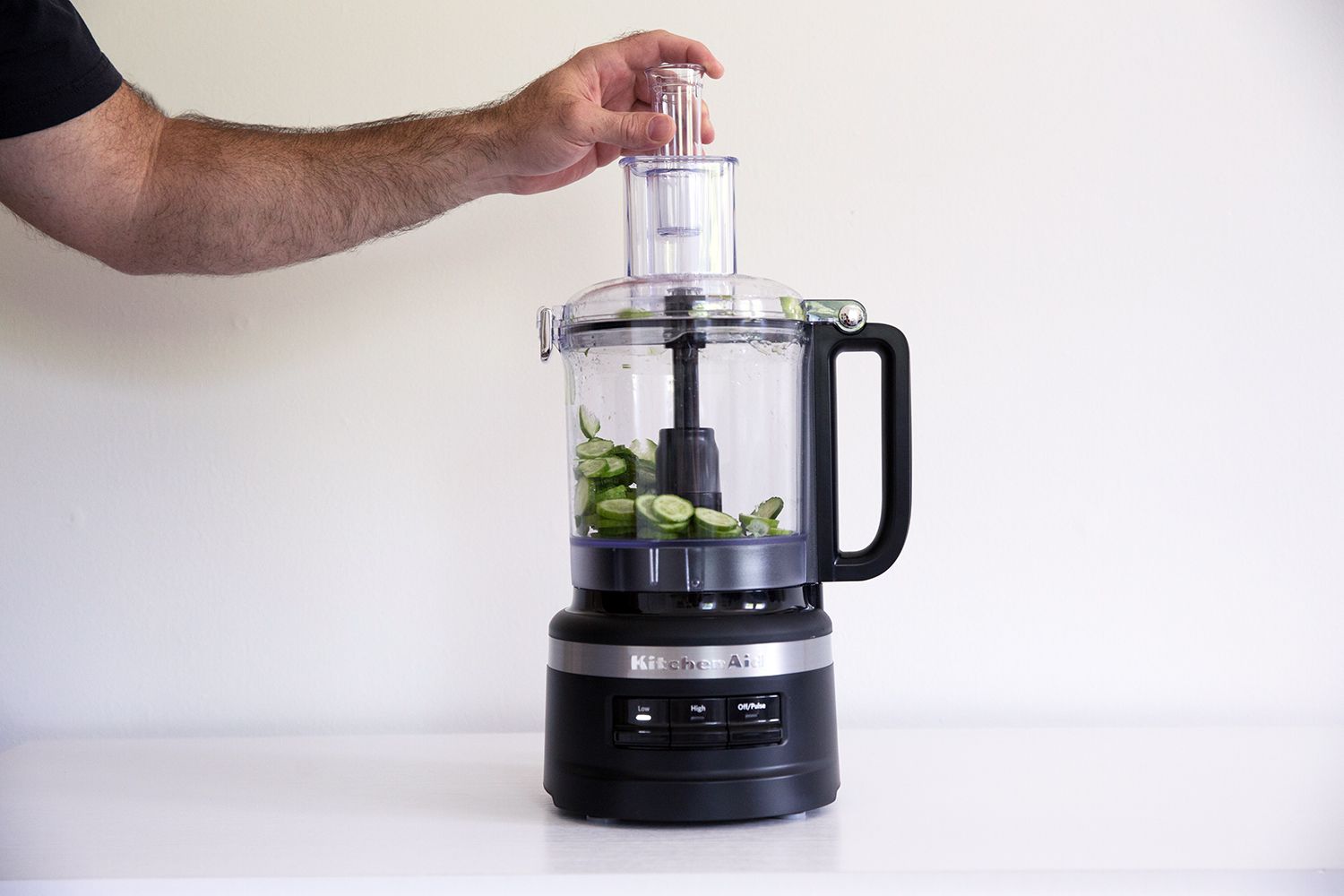
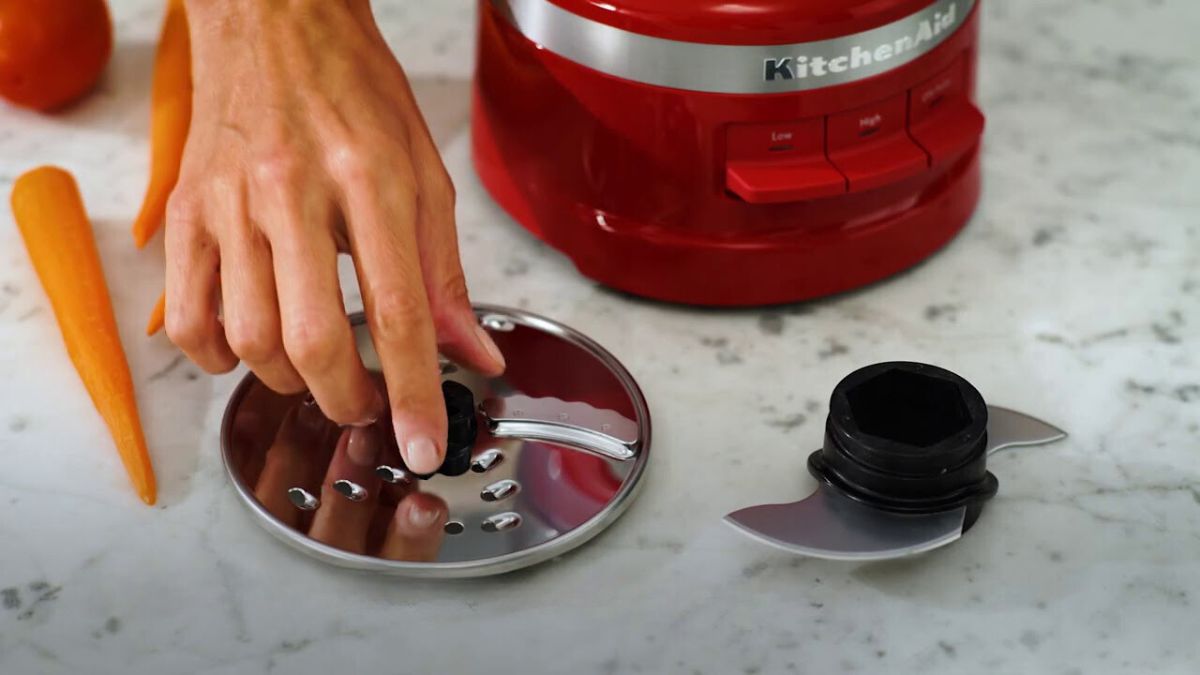
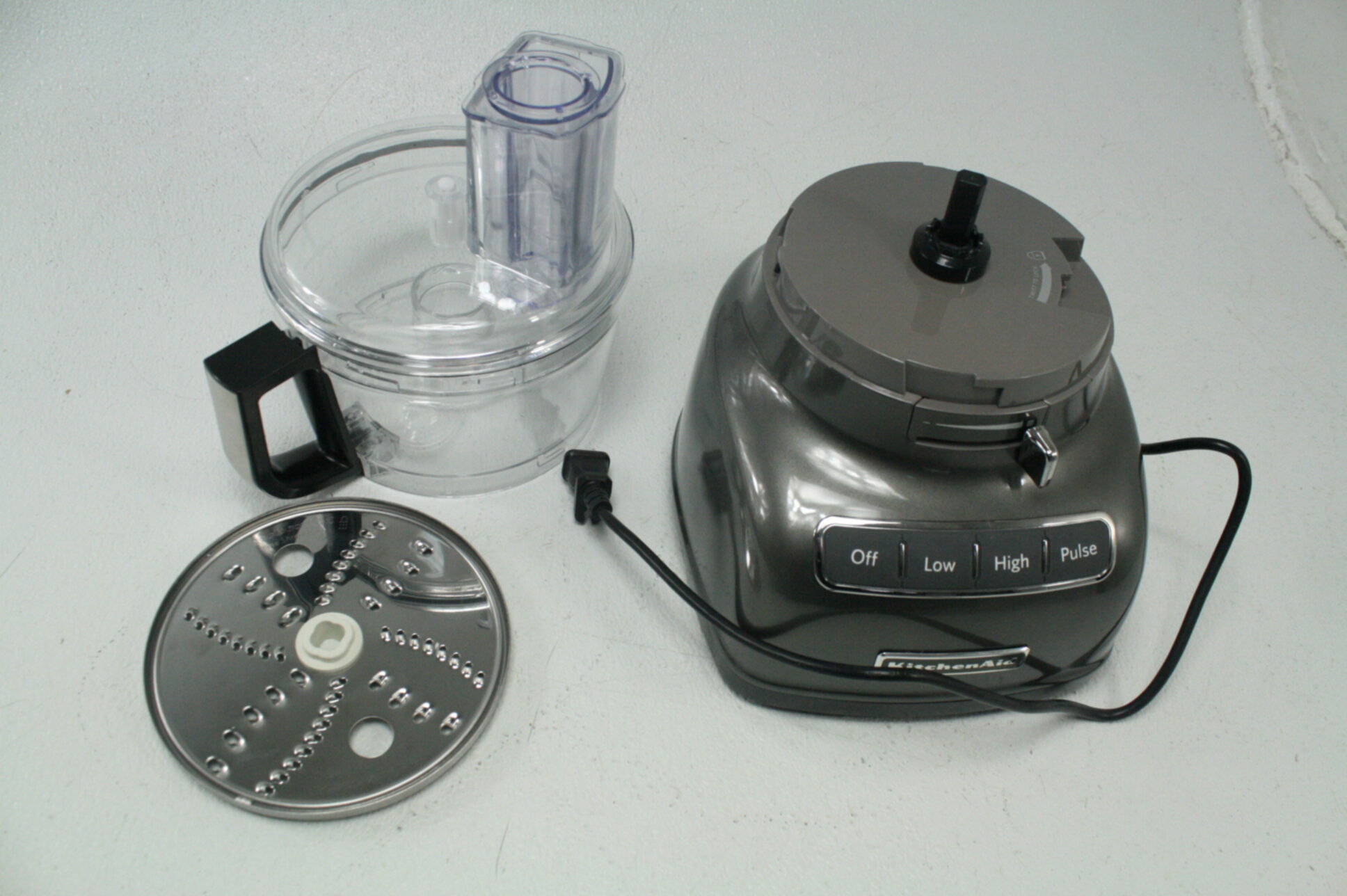
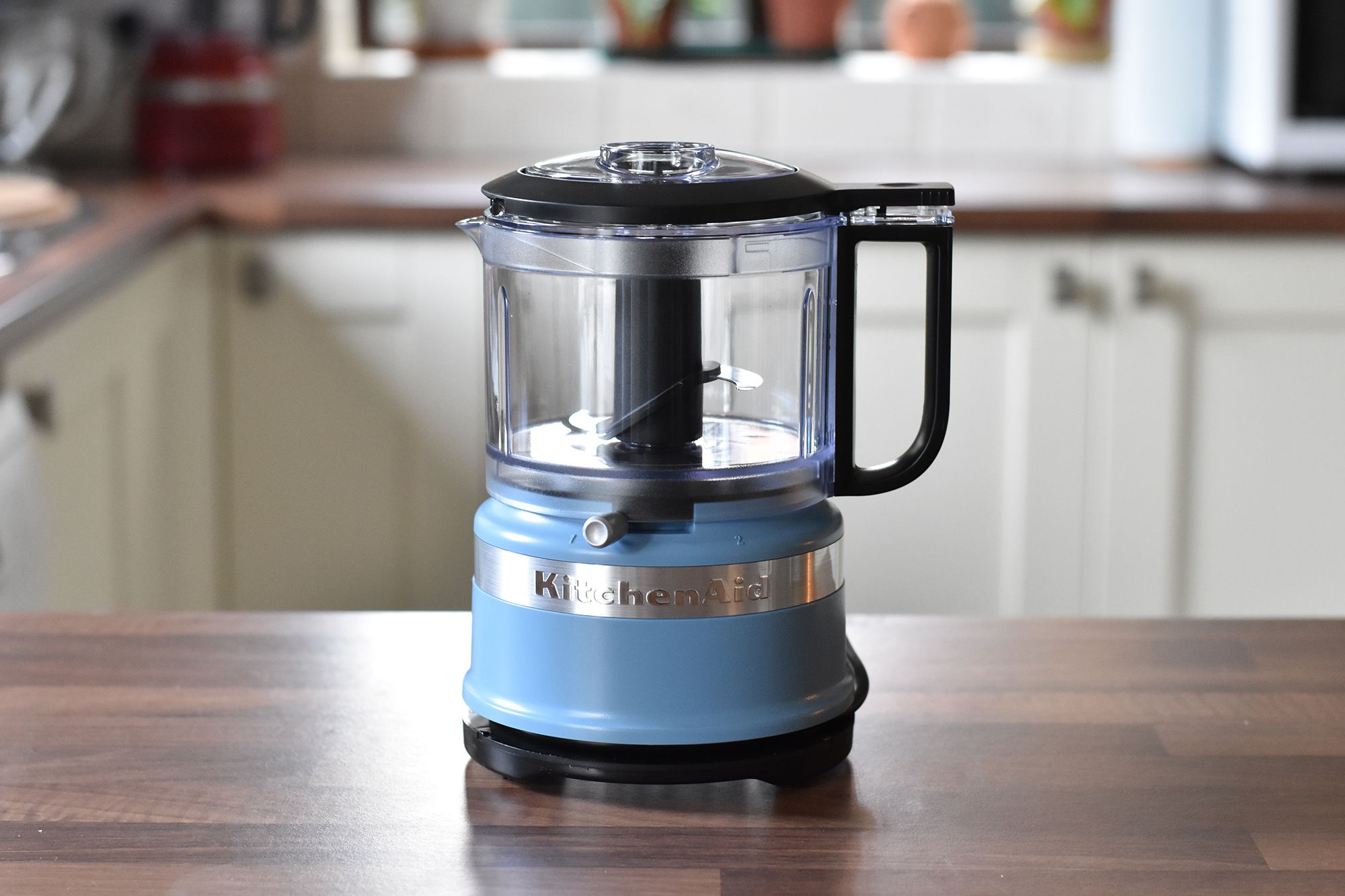
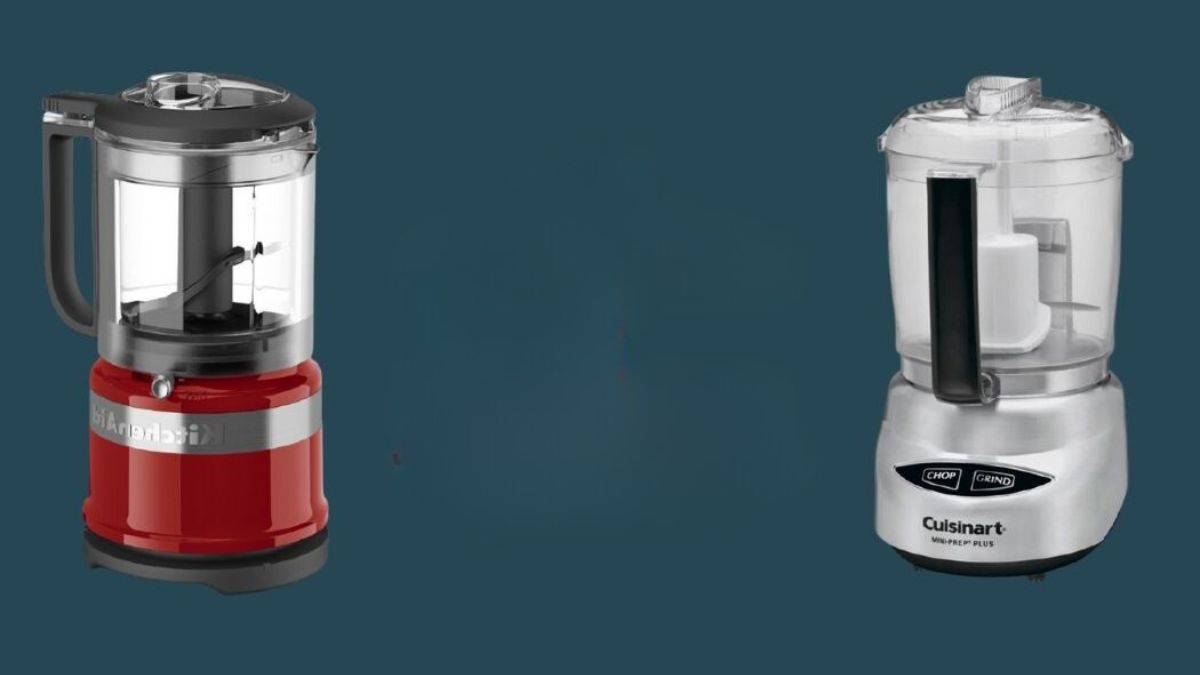
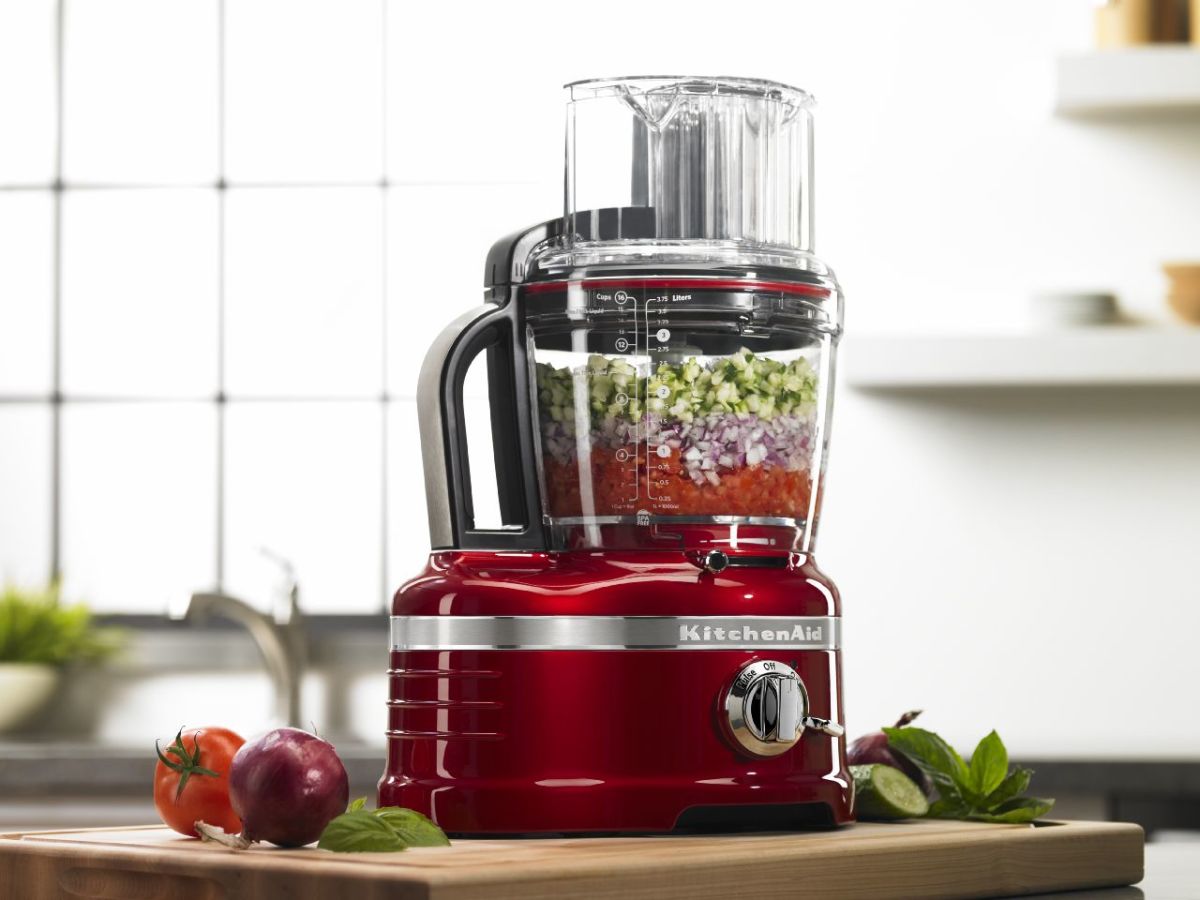
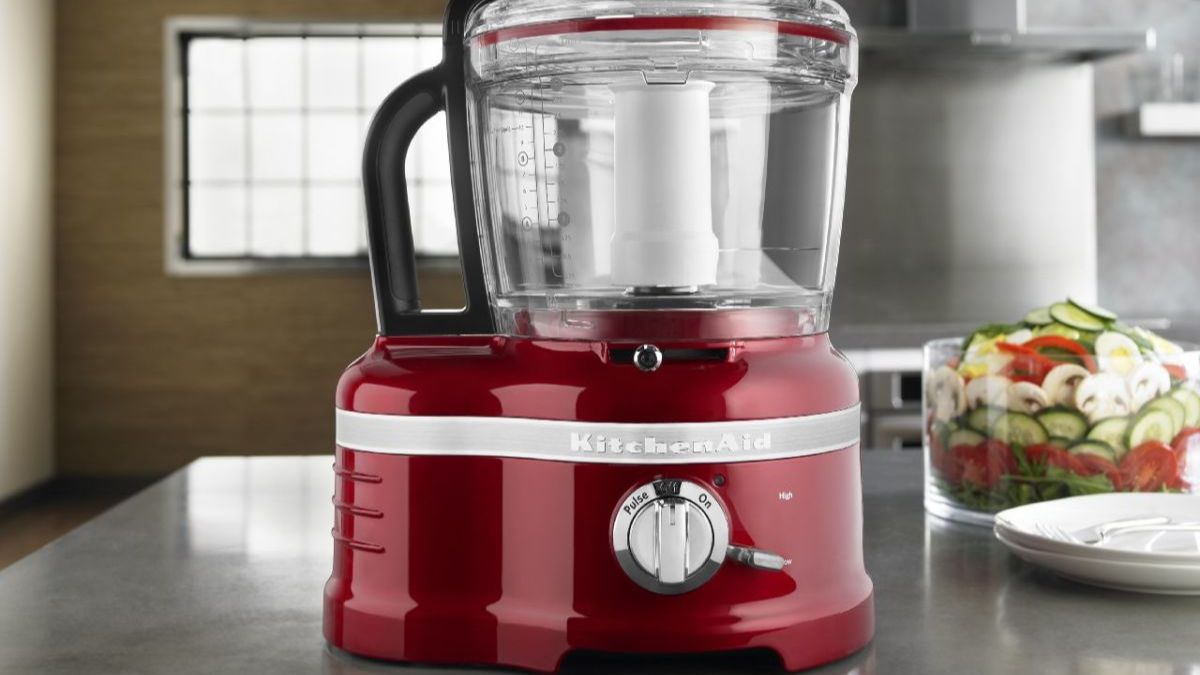
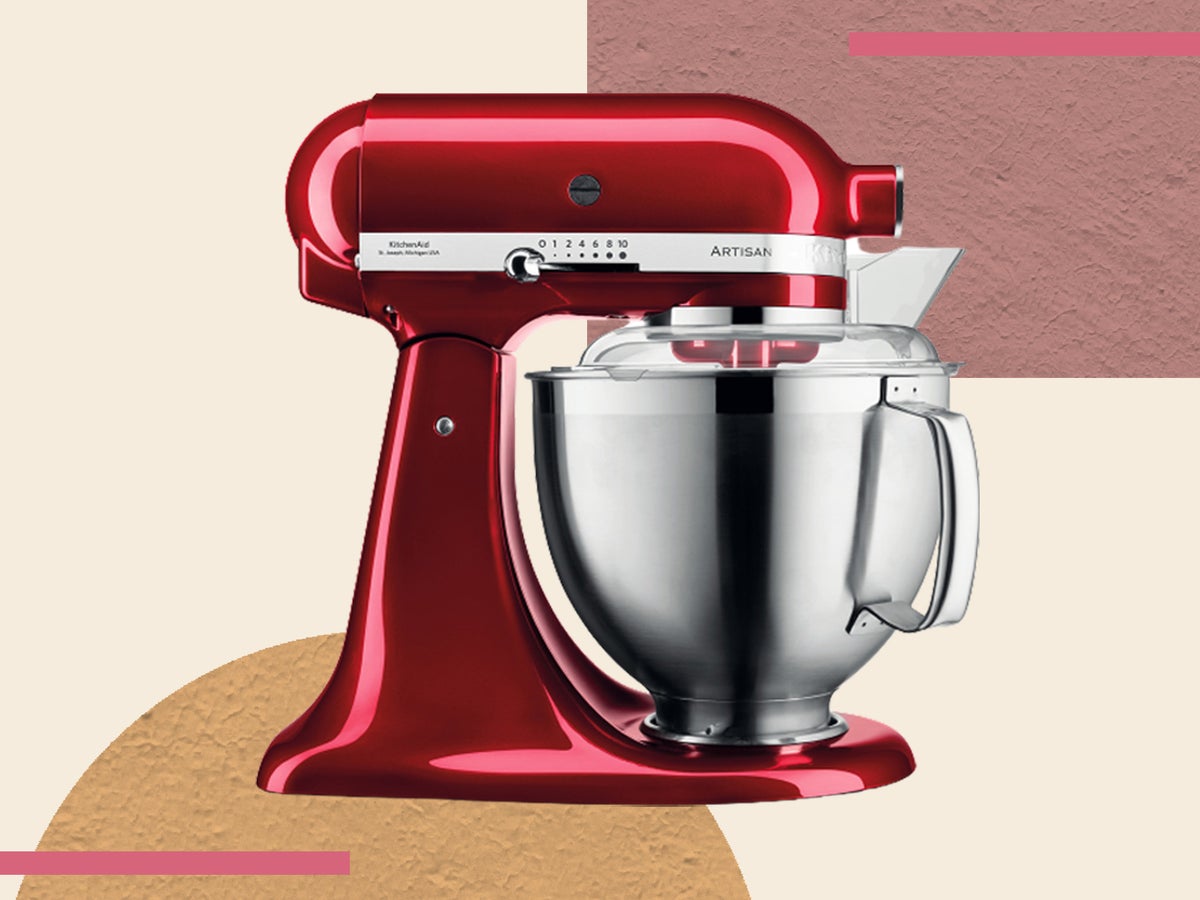
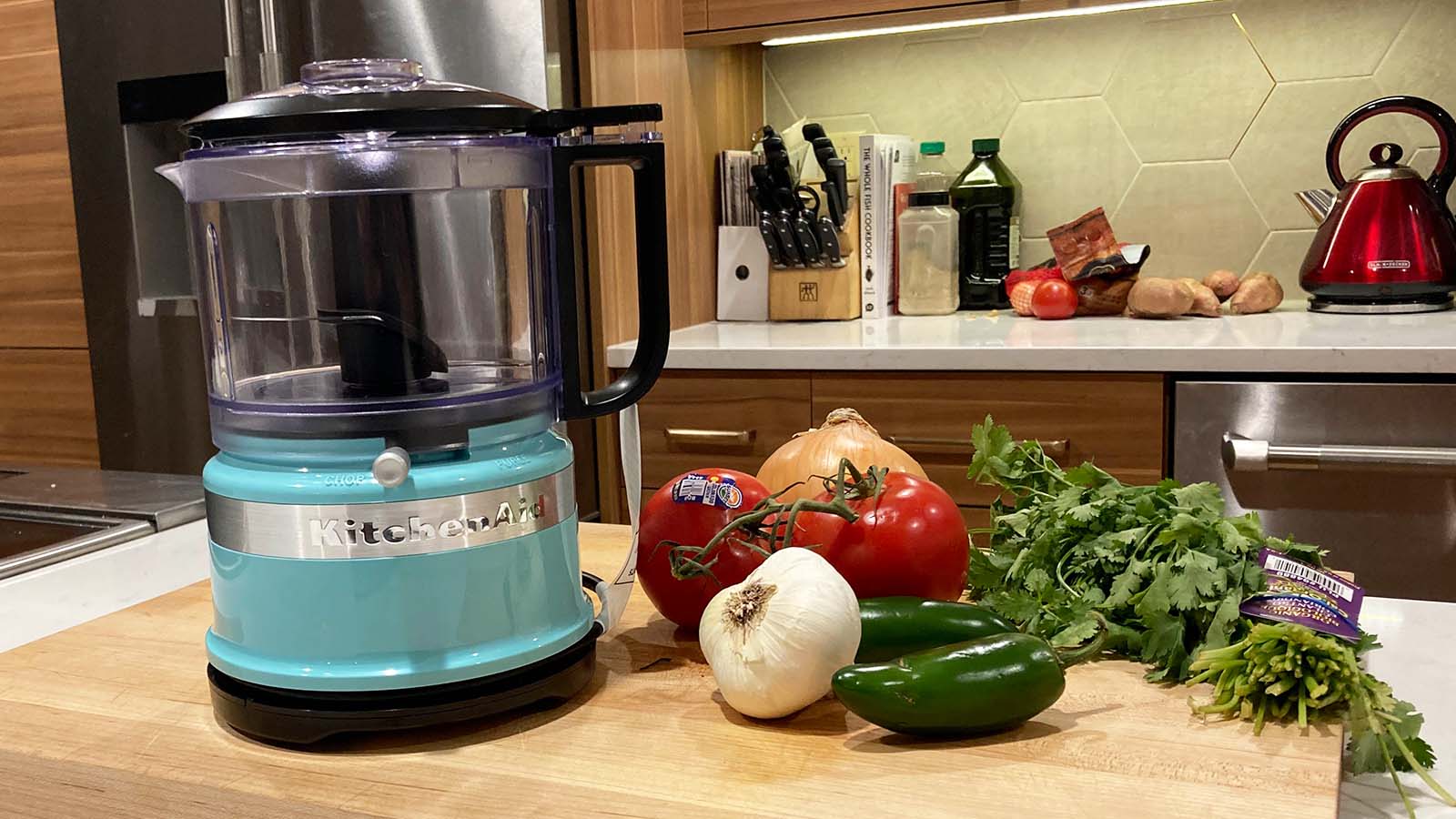
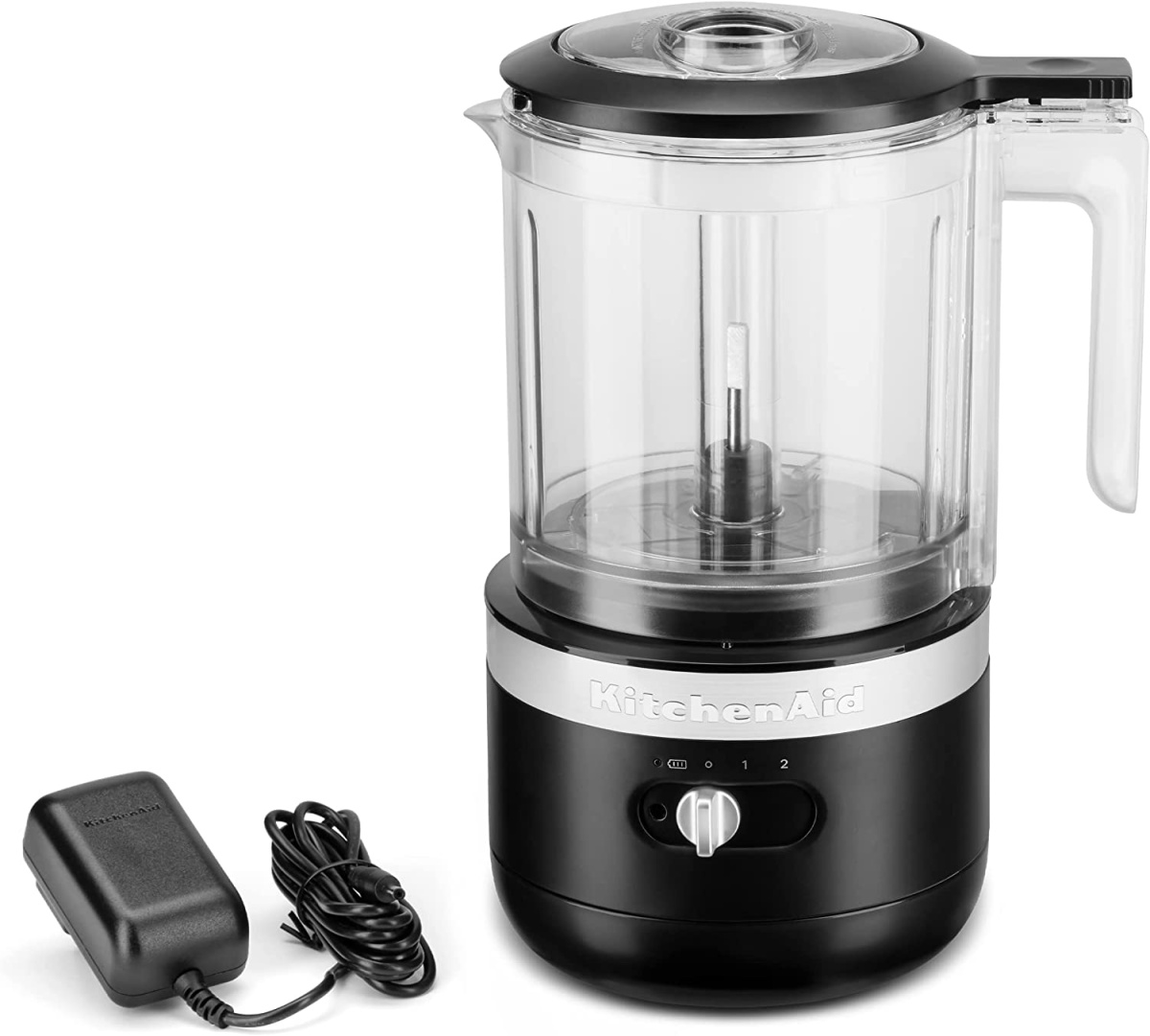
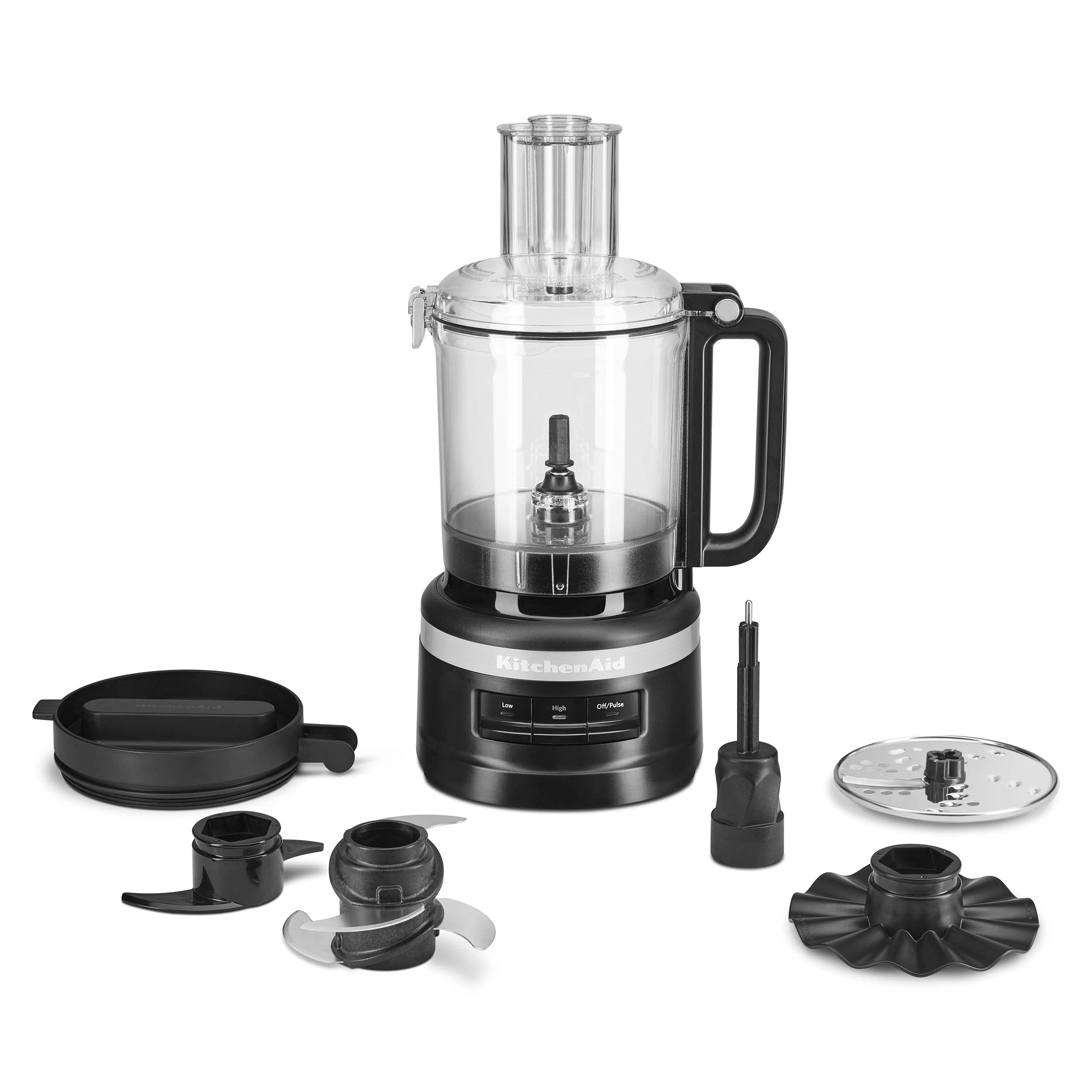
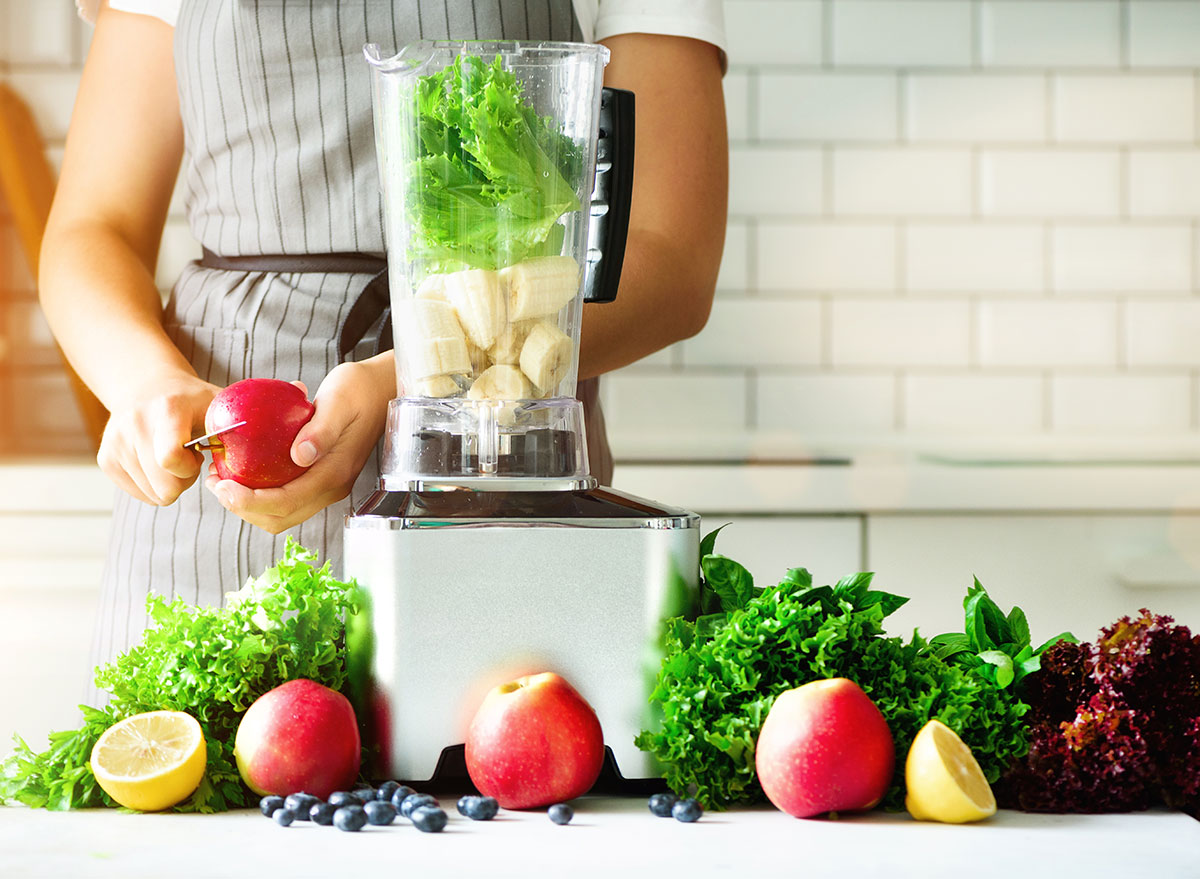
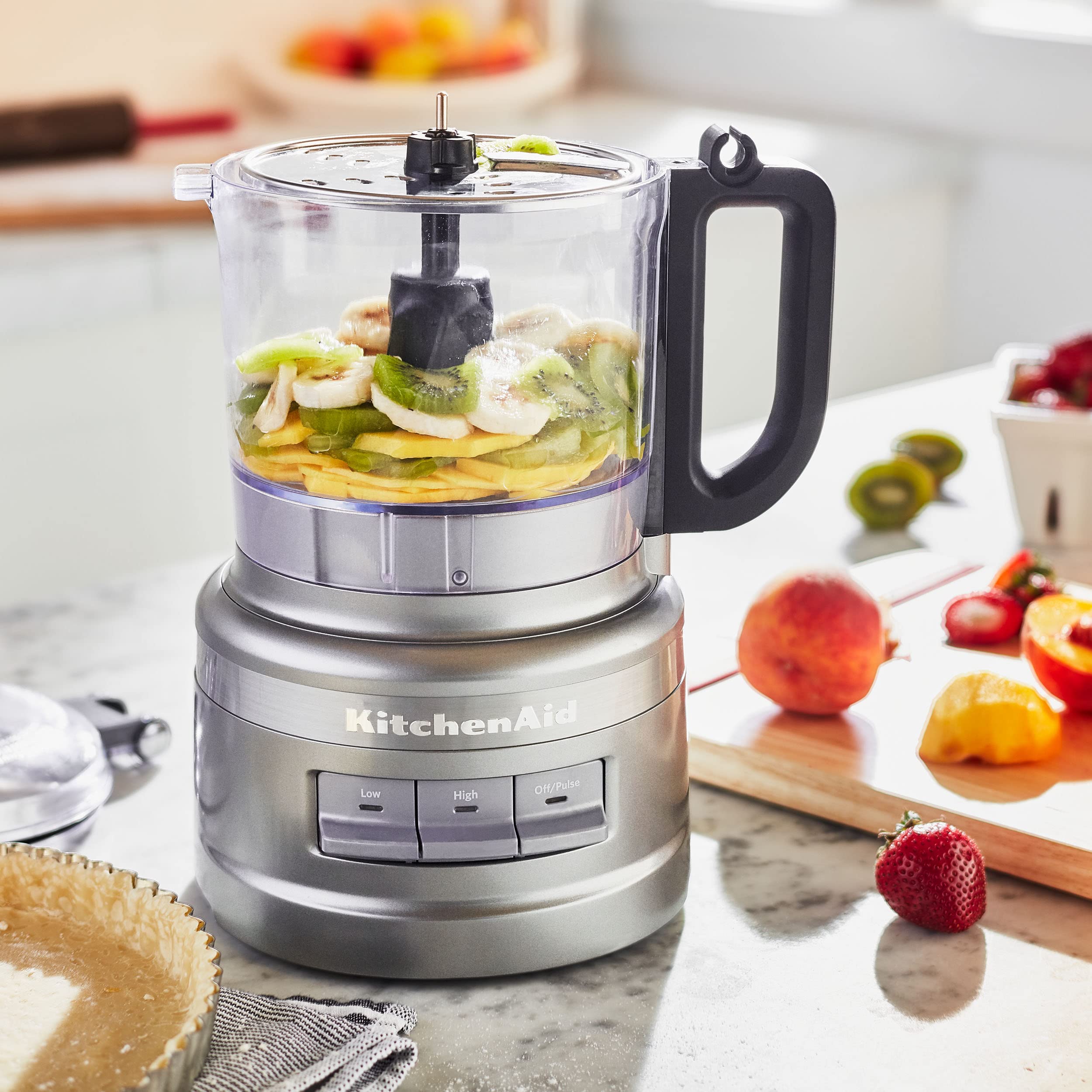

0 thoughts on “How To Put Together Kitchenaid Food Processor”